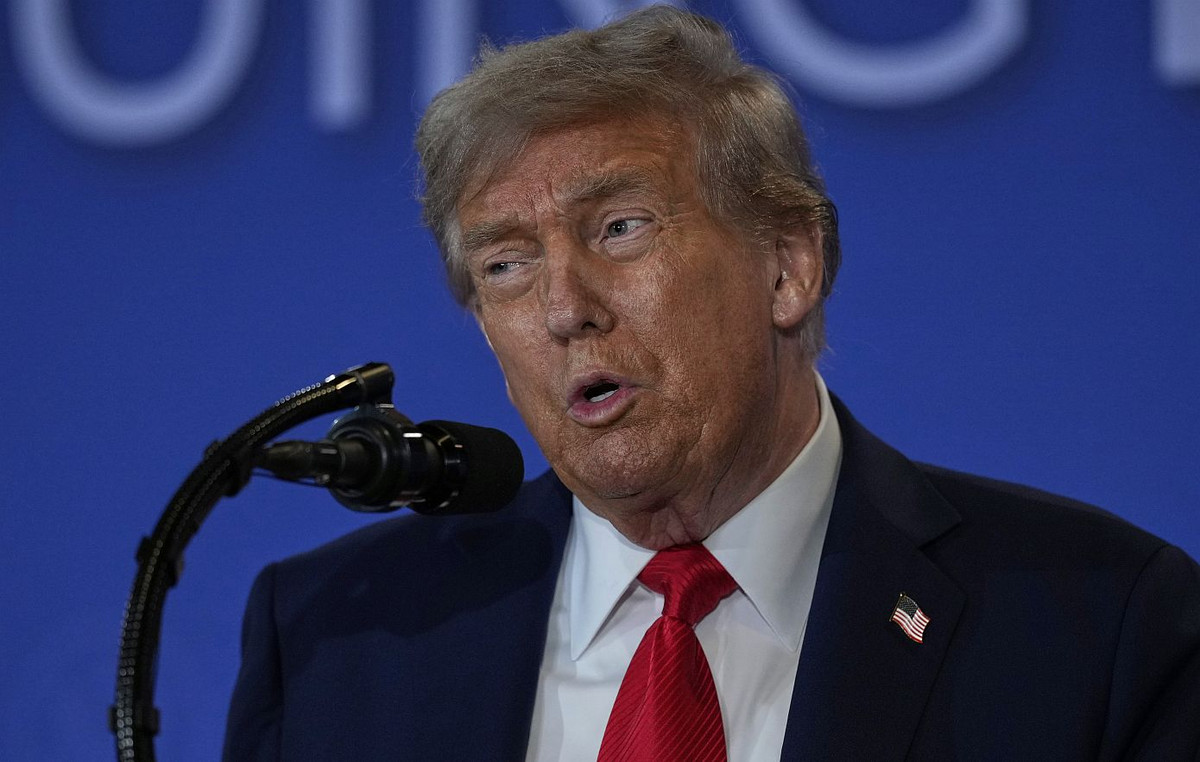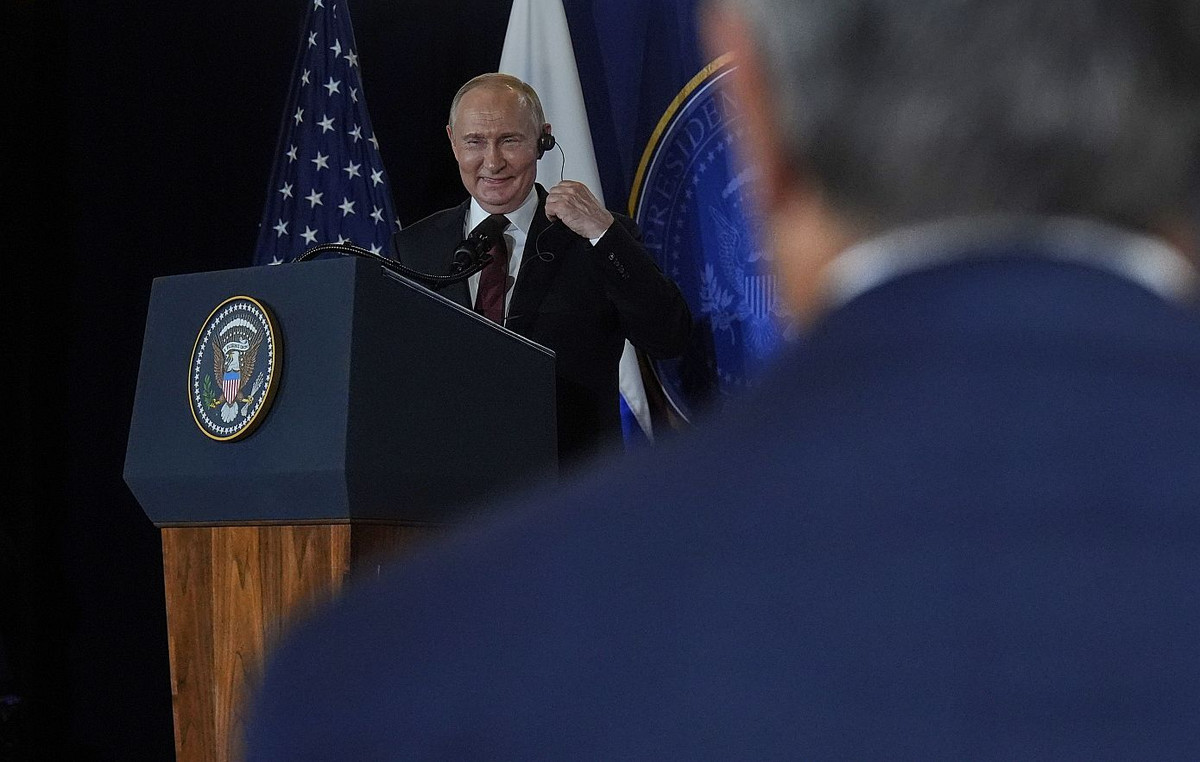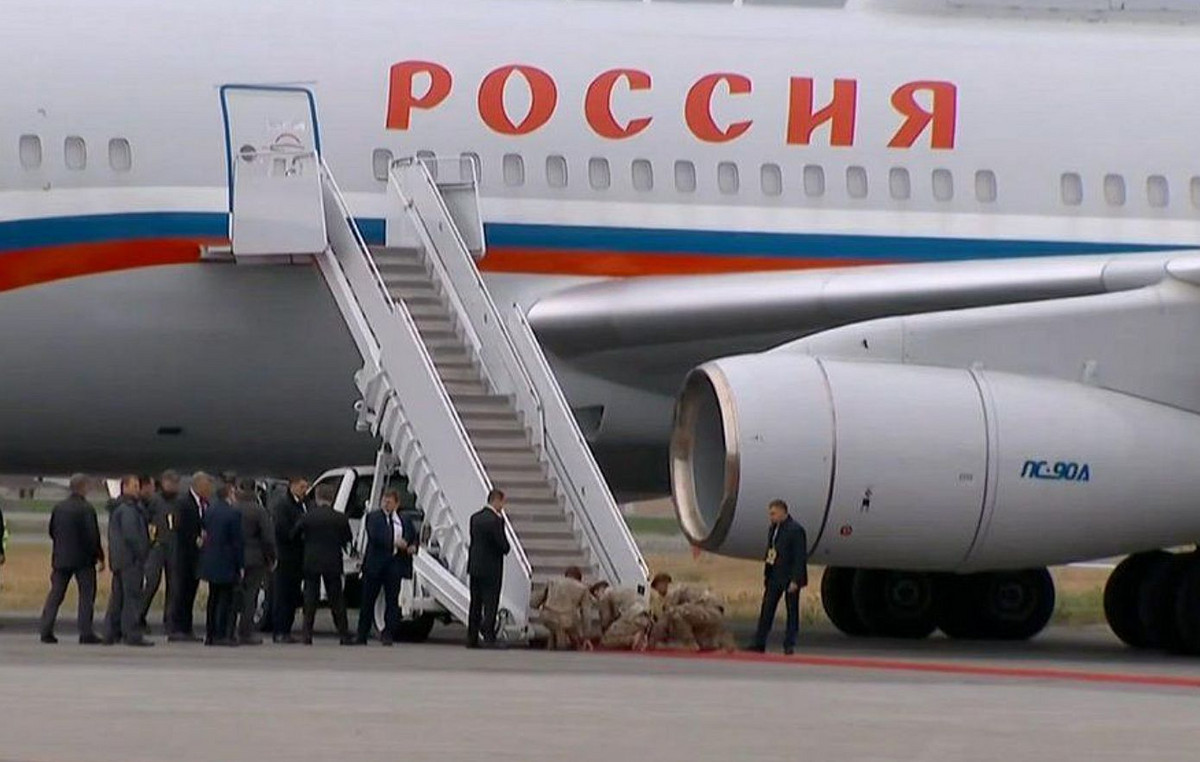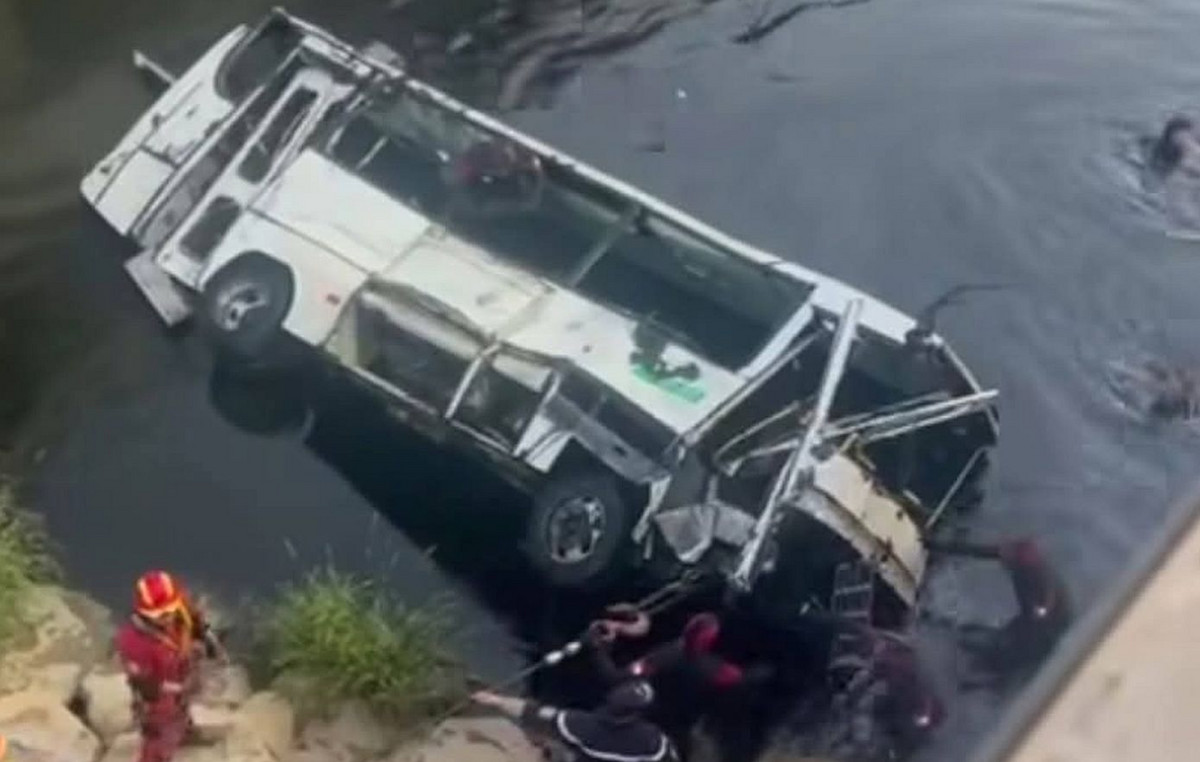In restaurants, typical foods come out of kitchens full of young people with creativity and a desire for change. In the streets, a people who welcome us with tenderness and who remember the sad past while looking at a hopeful future. Organized, clean and well cared for, Kigali, the capital and largest city of Rwanda, surprises us in every detail, whether near the green hills or on the streets of the busiest neighborhoods.
Small country in east-central Africa, Rwanda was chosen as the first destination of the third season of CNN Travel & Gastronomy, a place that, even smaller than the entire state of Alagoas, carries an abundant culture, nature and hospitality. And tourism plays a key role in this: it is a way for them to have a more dignified life and an opportunity for the population to rebuild Rwanda after a sad and recent history – the genocide that occurred in 1994.
Visiting the country is, at the same time, enriching for us – a unique trip that touches our senses and worldviews – and also beneficial to local communities, as we participate in Rwanda’s recovery and encourage the emergence of new sources of capital. .
During my stay in the African country, I took a gastronomic immersion in Kigali, visited the Genocide Memorial, a space where the country’s recent terrible past is remembered as an act of learning so that it never happens again, and still I took day and night safaris that transformed my view of the animal kingdom into one of the most important national parks in the region.
It’s cool observation safaris – where we can see the “Big Five” of Africa – and the living in the city with memorials and a present time moved by hope of better times, makes Rwanda one of the most special places to visit in the world. Adjust the time zone, fasten your seat belts and travel with me!
A capital Kigali
Rwanda’s largest city and capital, Kigali is clean, organized and well cared for – impressions that we get as soon as we leave the country’s main airport, the Kigali International Airport, which has flights that connect mainly to Africa and some parts of Europe.
Even seemingly simple things give us a sense of security and welcome, like all motorcycle riders with helmets – the mototaxi here is very popular -, no sign of garbage on the streets, agile bureaucratic processes and flowers in the flower beds. With more than one million inhabitants, the city is marked by green hills and slopes, as well as the neighborhoods of Kacyiru and Kiyovu, which are the busiest – also in the gastronomic area.
Whether by car or at some points on foot, observing the city, its residents, going to markets and feeling the movement around is one of the tours that I recommend right away. Gateway to the natural wonders of the entire country, Kigali doesn’t have a vast number of tourist attractions, but we realize that there is a cultural hustle in art centers and also an interesting food scene to experience.
It is around the capital that restaurants, startups and typical stores have flourished in the hands of young entrepreneurs – bringing news beneficial to the future of the community. To understand Rwanda it is necessary to understand its history and its people., since history is also culture and also a journey in itself.
And it is in this context that the country’s dark recent past joins a wave of hope. Kigali is home to the Genocide Memorial, the rescue site for the 1994 Rwandan genocide, which sends a warning message to future generations.
Kigali Genocide Memorial
Situated on the outskirts of the Gisozi district, ten minutes from the center of Kigali, the Genocide Memorial presupposes a different tourism. Here the objective is to learn a little more about this sad and recent chapter in the country’s history. Right in front of the memorial entrance, a sign already indicates: a place of “memory and learning”.
Construction began on the site in 1999, but was not completed until 2004, a decade after a million Rwandans, mostly Tutsi, were killed in 100 days. The objective was to exterminate “those who had no right to be here”, with the help of a massive extermination campaign, training militias and arming the population, mainly among Hutu radicals against the Tutsi minority.
The memorial tells the stages of the story that led to the genocide, with three fixed settings (including a memorial for children and another about genocides around the world), which show us everything from clothing, documents and even mortal remains.
I was honored to be guided by Dione Nagiriwubuntu, a survivor who lost her parents and grandparents during the genocide. What did he teach us? That here there is a life lesson around learning, a lesson in peace, honoring victims and knowing forgiveness. Knowing the pain that people went through and seeing them today living side by side with the shadow of a terrible and so recent past is hard, but at the same time exciting.
In an outside patio there is the Flame of Remembrance, a pyre that is lit every April 7, when the president of Rwanda lights the flame in memory of the genocide. Interestingly, the fire is lit for exactly 100 days – the exact length of time the genocide lasted.
In addition to a serene place and free entrance for the sake of remembrance and learning in search of peace, the Genocide Memorial also serves as a resting place for more than 250,000 victims of the genocide, where we can place flowers and hold a minute of silence in respect for the dead buried with dignity.
Here we see and learn some impactful phrases related to the whole massacre that took place in the 1990s. “If you knew me and really knew yourself, you wouldn’t have killed me”, wrote Felicien Ntagengwa.
The reality is that being here is like getting a necessary punch in the stomach. Impossible not to be impacted by the whole story and see the past up close being contact by the survivors in the present. I became introspective and needed some time to absorb the harsh reality, especially when we think about a fundamental question: now, instead of revenge, the people chose forgiveness.
a gastronomic expedition
If the unhappy past is remembered so that it doesn’t happen again, the present in Kigali presents signs of new opportunities and perspectives. And the interesting thing is to note that this transformation has come from the younger generation and also from within the kitchen.
It is the case of Nyurah, an unmissable restaurant in the capital that presents dishes with French techniques but with local ingredients, serving a new modern African cuisine. Located inside a building with contemporary architecture in the Kiyovu neighborhood, the most impressive in Nyurah, in addition to its excellent food, the place works as a school-restaurant: it was created to be a space where students and young apprentices work, express their love of food and exercise hospitality.
All employees are students and apprentices, and can turn theory into practice – you can attest to the level of excellence and observe the exchanges between young people in the organized kitchen. The interior of Nyurah is all cool and modern, and the decor is all “made in Ruanda” has African-inspired artifacts scattered throughout the hall.
To get a good idea of the flavors of the local ingredients used, the tip is to order a little of each dish. The fresh vegetable salad is a good choice, with organic artichokes, a bed of green pea puree and a portion of homemade ricotta, as well as the grilled tilapia with sun-dried tomato petals and parsley cream sauce, accompanied by plantain. earth and main course vegetables. It’s a journey through the local flavors!
Another address in Kigali that has buzzed the food and entrepreneurship in Rwanda is the Kivu Black Coffee, a project co-founded by Kevin Mbundu, a 27-year-old who is part of the generation of Rwandans involved in some type of business that helps the surrounding community. Full of young people in a modern space with a pleasant climate, the shop serves and sells Kevin’s brand of coffee, which uses fresh beans from Rwandan Arabica coffee from the volcanic shores of Lake Kivu.
At one of the tables, I had the opportunity to talk to young people who have made a difference in Rwanda’s current times. They told me that entrepreneurship is based on mitigating the damage caused by the genocide in the country in 1994, as their families – and themselves – suffered from the consequences of this sad chapter.
Through the conversation, I realized that these young people are trying to build something new that doesn’t exist here yet, always in line with a movement of creativity. “It is a good time to create new small businesses, startups, exponential in digital innovation”, tells me the young entrepreneur Ghislain Dukuze.
Just below the cafe there is a clothing store with contemporary cuts but which carry the essence of Rwanda. Buying the dresses and wearing them according to the approval of the locals is a way of helping the local commerce and a source of pride for the people, as we tourists bring Rwanda’s culture to the world in this way.
I o Repub Lounge it is ideal to try various typical dishes from Rwanda and Africa. Located in a more central part of the capital, in the Kimihurura district, the restaurant is laid-back, with red walls and more rustic decoration, ideal for a pleasant dinner. Typical dishes with sweet banana, rice with ginger, fish and meat are served in generous portions. A terrace with tables and views of the capital is among the most delicious points of the house.
In general lines, Rwanda carries nature, animal life and a social and gastronomic culture like no other place.. Tourism here is a way for people to have a more dignified life, to get out of a sad story and have the opportunity to write a new – and more hopeful – trajectory for Rwanda, full of promising paths. Once here, we helped drive this project forward.
Source: CNN Brasil







